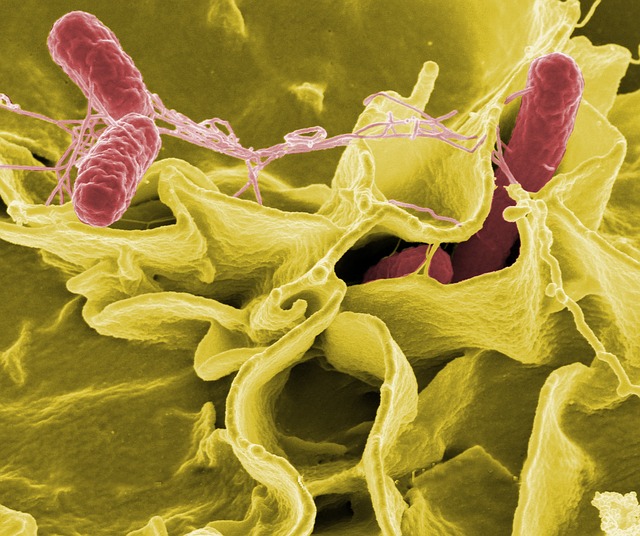- Calls to this hotline are currently being directed to Within Health, Fay or Eating Disorder Solutions
- Representatives are standing by 24/7 to help answer your questions
- All calls are confidential and HIPAA compliant
- There is no obligation or cost to call
- Eating Disorder Hope does not receive any commissions or fees dependent upon which provider you select
- Additional treatment providers are located on our directory or samhsa.gov
PET Studies on Eating Disorders

Contributor: Crystal Karges, MS, RDN, IBCLC, Special Projects Coordinator at Eating Disorder Hope/Addiction Hope
Because eating disorders are complex and involve a multitude of factors, the possibility of research that can be investigated about these disorders is essentially limitless. Studies that are seeking to understand various components of eating disorders can vary from a biological approach, including the study of neurobiology and genetics, environmental approaches that look at possible triggering factors, psychological, emotional studies and more.
Researchers who have a particular interest in how a certain aspect influences the development of eating disorders may look at the approach from multiple angles to get a better picture of the area being studied.
An Interesting Tool for Investigating Eating Disorders
In addition to the many areas of eating disorders that can be studied and investigated, many different tools and approaches can be utilized as well, contributing to the diversity that is observed in this field. One particularly interesting tool that has allowed researchers to investigate eating disorders in a whole new way is the positron emission tomography (PET).
This modern imaging technique allows scientists to visualize disease-specific neurotransmitter or protein receptor sites that can help define the pathological processes of eating disorders on a molecular level1.
What Is PET Imaging?
 PET imaging is a type of nuclear medicine procedure. This involves the use of a small amount of radioactive substance called a radionuclide, which is used during the scan to assist in the observation of the human tissue that is being examined.
PET imaging is a type of nuclear medicine procedure. This involves the use of a small amount of radioactive substance called a radionuclide, which is used during the scan to assist in the observation of the human tissue that is being examined.
PET scans are helpful in the field of neurology, cardiology, oncology, and other applications as well. Because of the connection between neurobiology and eating disorders, PET imaging can give greater information about the functionality of the brains of eating disorder sufferers compared with controls, helping understand abnormalities that may be related with these diseases.
How to Participate in a PET Scan
PET imaging is being utilized more frequently in studies that are investigating the biology behind eating disorders. PET procedures are typically performed in specialized PET centers and completed by a specialized team.
Because there are risks related to PET scans and imaging, full disclosures and explanations of the procedure should be given prior to any study voluntary participation.
Community Discussion – Share your thoughts here!
What do you think are some of the benefits of PET imaging in eating disorder research?
References:
- Frank GH, Kaye WH. Positron emission tomography studies in eating disorders: multireceptor brain imaging, correlates with behavior and implications for pharmacotherapy. Nucl Med Biol. 2005 Oct; 32(7): 755-61
Last Updated & Reviewed By: Jacquelyn Ekern, MS, LPC on July 31st, 2015
Published on EatingDisorderHope.com

The EatingDisorderHope.com editorial team comprises experienced writers, editors, and medical reviewers specializing in eating disorders, treatment, and mental and behavioral health.

